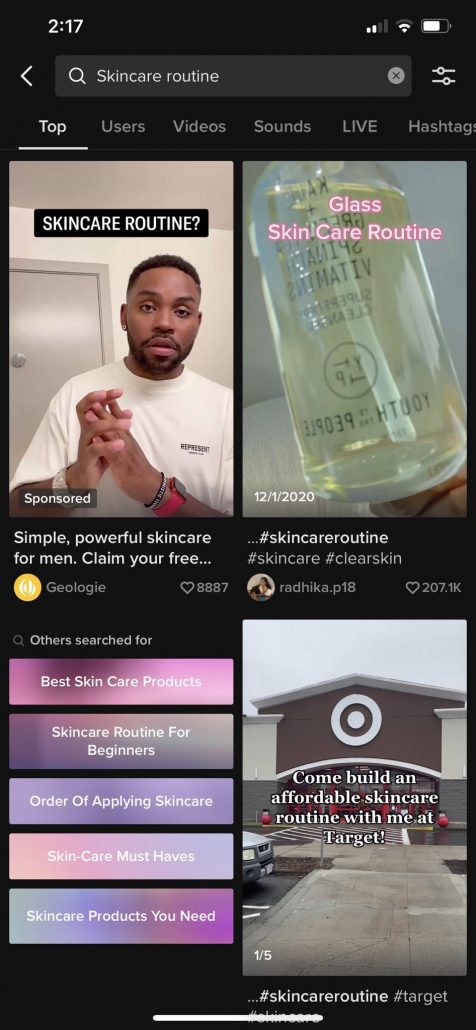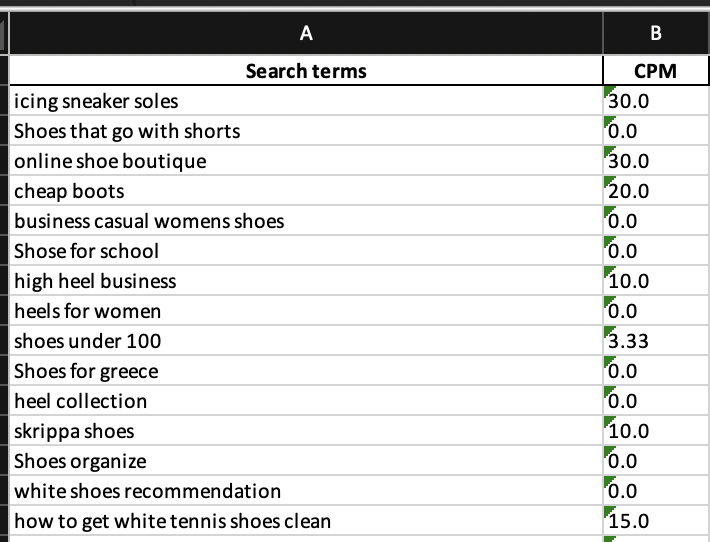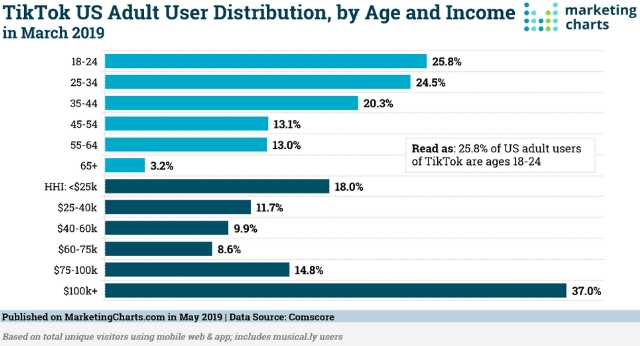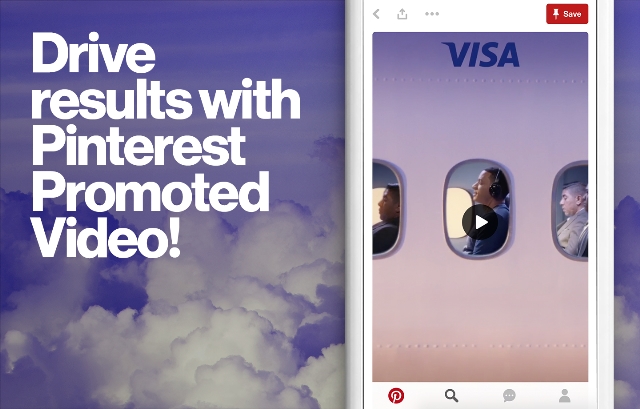Instagram is testing a new ad format that combines four ads from competing businesses into a single ad unit.
In other words, users will be seeing four ads from different sources on a single screen to encourage users to consider a wider number of businesses and to encourage brands to deliver the best ad messages to entice customers.
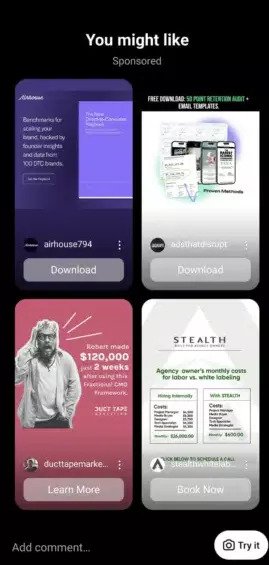
The latest multi-ad format is a new take on Instagram’s Multi-Advertiser ads, which grouped related sponsored posts together and showsed them to people who have recently expressed interest in related products or services.
If you want to see the new ad format for yourself before you consider trying it out, you’re most likely to see them between Instagram Reels, the company’s take on short, TikTok-esque videos.
Why Multiple Ads At Once?
Obviously, many brands and advertisers have expressed skepticism and outright cynicism about this ad format, suggesting it is an attempt to boost ad impressions without delivering increased value to advertisers.
Of particular concern is the idea that the first ad in any of these multi-ad sets is likely to receive the majority of clicks, while ads in other positions are costing brands the same amount without leading to clicks. The fact that the ads appear following another piece of content, when users are likely to be unengaged with the app is another concern.
Despite this, Instagram is already promoting the new ad format test in an announcement in the platform’s Help Center. In the announcement, the company said:
“Multi-advertiser ads help people discover and compare products from multiple businesses. This ad unit, available for selected placements on Facebook and Instagram, gives advertisers the opportunity to be discovered by people who have recently shown and interest in related products or businesses.”
As a test, this ad format is rolling out gradually and may not be available to all advertisers. If you want to ensure your ads do not appear in this type of format, you can opt out in the Settings menu.

